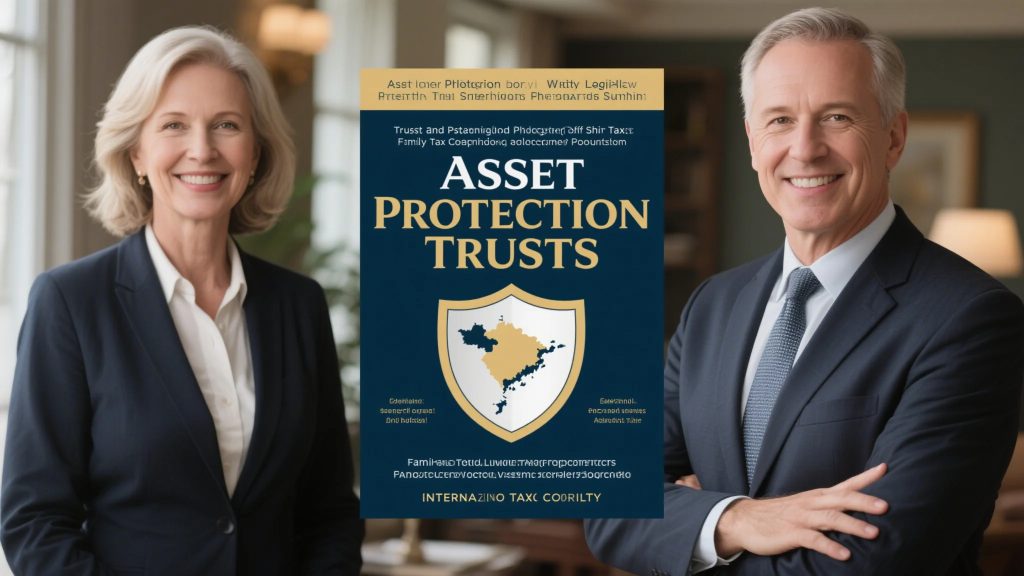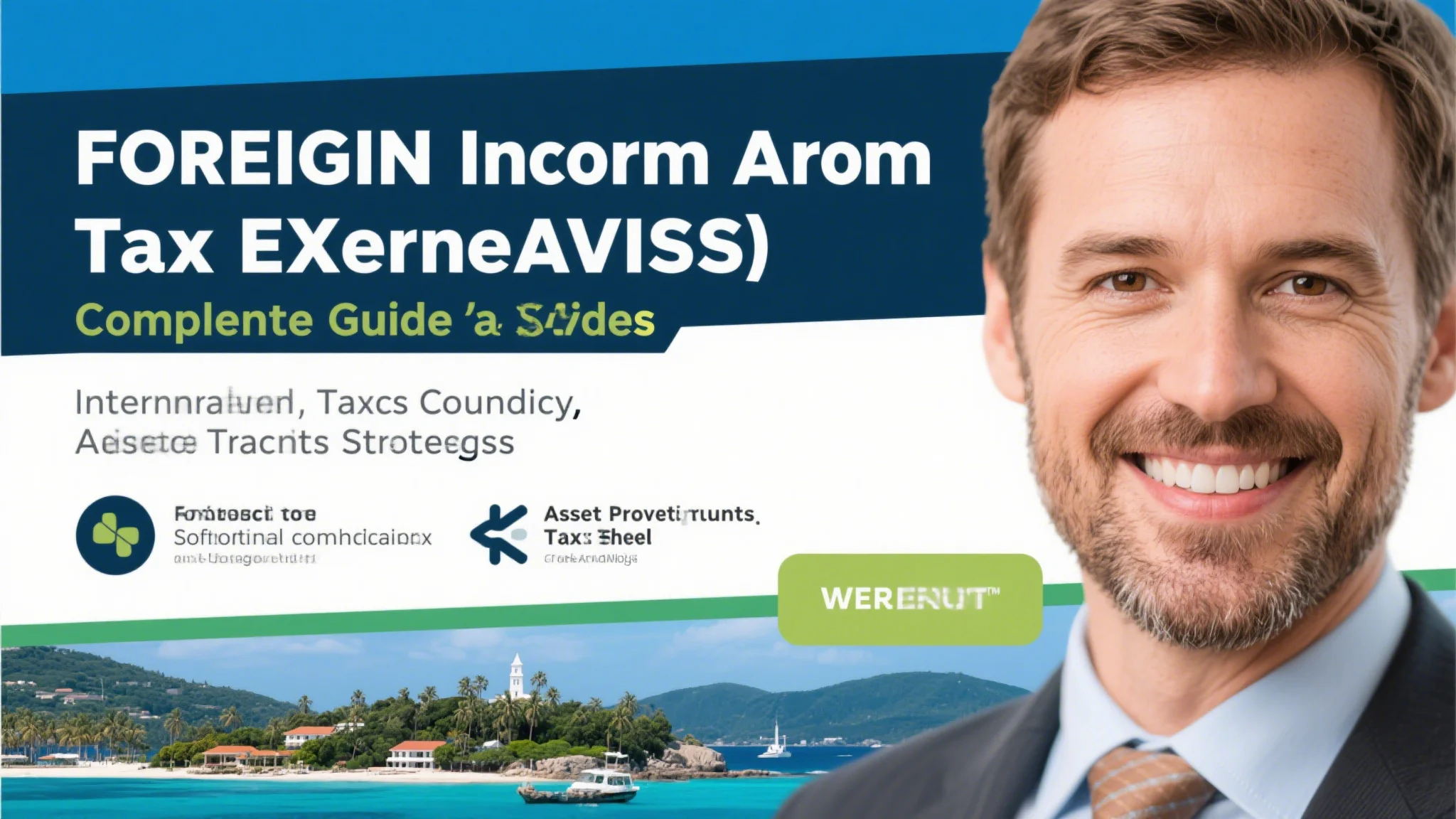
Asset Protection Trusts: Shielding Your Wealth Legally
Understanding Asset Protection Trusts
Asset protection trusts are powerful legal tools designed to shield wealth from potential creditors while maintaining control over assets. These irrevocable trusts separate legal ownership from beneficial interest, creating formidable barriers against lawsuits and financial claims. Domestic asset protection trusts (DAPTs) in states like Nevada, South Dakota, and Delaware allow grantors to remain as discretionary beneficiaries while providing strong creditor protection after statutory waiting periods (typically two years).
The key distinction between asset protection trusts and traditional estate planning vehicles lies in their focus on creditor protection rather than just wealth transfer. These trusts require independent trustees and strict adherence to formalities to maintain their protective status. Properly structured trusts include spendthrift clauses preventing beneficiaries from alienating their interests and anti-duress provisions protecting against forced distributions under legal pressure.
Comprehensive Estate Planning Integration
Effective trust and estate planning integrates asset protection with wealth transfer strategies. The current $12.92 million federal estate tax exemption (2023) presents historic wealth preservation opportunities. Spousal lifetime access trusts (SLATs) allow using exemptions while maintaining some indirect benefit through a spouse’s access. Grantor retained annuity trusts (GRATs) work exceptionally well in low-interest-rate environments.
Intentionally defective grantor trusts (IDGTs) freeze asset values for estate tax purposes while income taxes remain the grantor’s responsibility. Dynasty trusts leverage generation-skipping transfer tax exemptions to benefit multiple generations. These sophisticated trusts require careful drafting to achieve desired tax results while complying with evolving IRS regulations and court decisions.

International Trust Jurisdictions
Understanding offshore tax havens explained helps when considering foreign asset protection trusts. Jurisdictions like Cook Islands, Nevis, and Belize offer even stronger protections than domestic trusts, as they don’t recognize foreign judgments. These offshore trusts force creditors to litigate in local courts under stringent standards, creating formidable practical and financial barriers to asset recovery.
International trusts typically require local professional trustees and often include “flee clauses” that automatically relocate trust administration if the primary jurisdiction becomes unfavorable. The statute of limitations for challenging such trusts is often as short as one year, compared to longer periods domestically. These structures work best when established before liabilities arise, as fraudulent transfer laws may void last-minute asset transfers.
Family Business Protection Strategies
Family limited partnerships complement asset protection trusts by facilitating controlled wealth transfer while maintaining management authority. FLPs allow gifting limited partnership interests at valuation discounts (typically 30-40%) for lack of control and marketability. The general partner retains control with minimal ownership, while limited partners enjoy asset protection and income rights.
Family limited liability companies (LLCs) offer similar benefits with more flexible operating structures. These entities work particularly well for holding real estate or business interests, providing centralized management while allowing fractional ownership transfers. Proper maintenance requires holding regular meetings, maintaining separate accounts, and avoiding commingling of personal and entity funds to preserve liability protection.
Global Compliance Requirements
Maintaining international tax compliance is crucial when implementing cross-border asset protection strategies. The Foreign Account Tax Compliance Act (FATCA) requires disclosure of foreign financial accounts exceeding $10,000 aggregate value. Form 8938 extends this requirement to broader financial assets, while Forms 3520 and 3520-A report foreign trusts and gifts.
The Report of Foreign Bank and Financial Accounts (FBAR) must be filed annually for foreign accounts exceeding $10,000. Failure to comply carries severe penalties, including potential criminal charges for willful violations. The Common Reporting Standard (CRS) has expanded automatic information exchange globally, making proper reporting more important than ever for international structures.
Choosing the Right Jurisdiction
Selecting an appropriate trust jurisdiction depends on specific needs: domestic versus international protection, desired level of control, and types of assets involved. Domestic trusts offer easier administration and avoid foreign reporting requirements but may provide less robust protection. Offshore jurisdictions typically offer stronger asset protection but require more complex structures and compliance.
Key factors in jurisdiction selection include political stability, legal system sophistication, professional trustee availability, and infrastructure quality. Emerging jurisdictions must be carefully evaluated for long-term viability. Engaging experienced local counsel is essential to ensure proper structure setup and ongoing compliance with both local and home country laws.
Common Planning Mistakes
Asset protection strategies often fail due to improper implementation or maintenance. Using nominee directors or shareholders without proper documentation can pierce corporate veils. Commingling personal and business funds undermines liability protection. Failing to file required disclosures negates any benefits and risks severe penalties.
Overestimating privacy protections leads to unpleasant surprises when information gets exchanged automatically. Unrealistic promises from offshore promoters often signal scams. Any arrangement suggesting complete secrecy or absolute protection should raise red flags. Proper asset protection planning requires transparency with tax authorities while legally minimizing liabilities.
Integrated Wealth Preservation
Effective wealth protection combines multiple strategies tailored to individual circumstances. Domestic and international trusts can work together with family entities like FLPs and LLCs. Insurance products like umbrella policies and captive insurance provide additional layers of protection. Business structures should align with personal holdings for comprehensive coverage.
Regular reviews ensure continued effectiveness as laws and personal situations evolve. Family changes, new business ventures, or increased visibility may necessitate plan adjustments. Maintaining economic substance – actual operations and decision-making in the jurisdiction – prevents structures from being disregarded as shams. With proper planning and professional guidance, asset protection strategies remain powerful tools for preserving family wealth.


